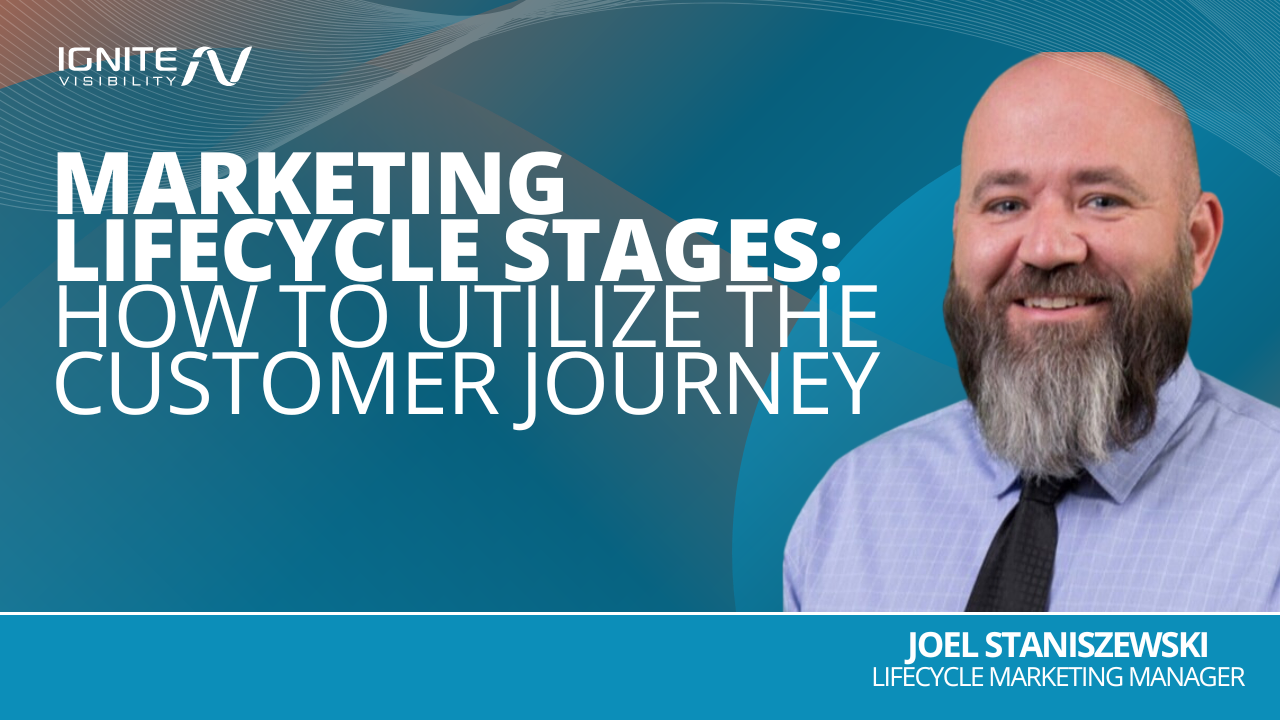
Building a lasting connection with your customers is critical to success as a business. With the help of effective marketing lifecycle stages, you can move prospects through the buyer’s journey toward a sale and turn them into loyal long-time customers.
In this blog, Lifecycle Marketing Manager, Joel Staniszewski, will get into the importance of a lifecycle marketing strategy, the various marketing lifecycle stages, and how to build your next strategy.
What’s Covered:
- Understanding Lifecycle Marketing
- Marketing Lifecycle Stages
- Crafting a Lifecycle Marketing Strategy
- Personalization and Automation in Lifecycle Marketing
- Measuring Success: Key Metrics and KPIs
My Expert Opinion on Marketing Lifecycle Stages
Successful marketing involves a lot more than acquiring new customers with effective marketing; it also entails following those prospects through their personalized journeys down to the bottom of the sales funnel, where they remain as they turn into repeat customers.
Enter lifecycle marketing, which I’ve found to be the most effective way to not only reel in new customers but consistently engage them and, in the end, delight them into becoming brand ambassadors.
To get the most from lifecycle marketing campaigns, you need to have a good handle on the customer journey and how it flows for each audience segment. You also need to know precisely how to engage audiences as they move along their journeys, shortening the distance from acquisition to purchase.
Here, I’ll give some guidance on how to follow effective marketing lifecycle stages and why you need them.
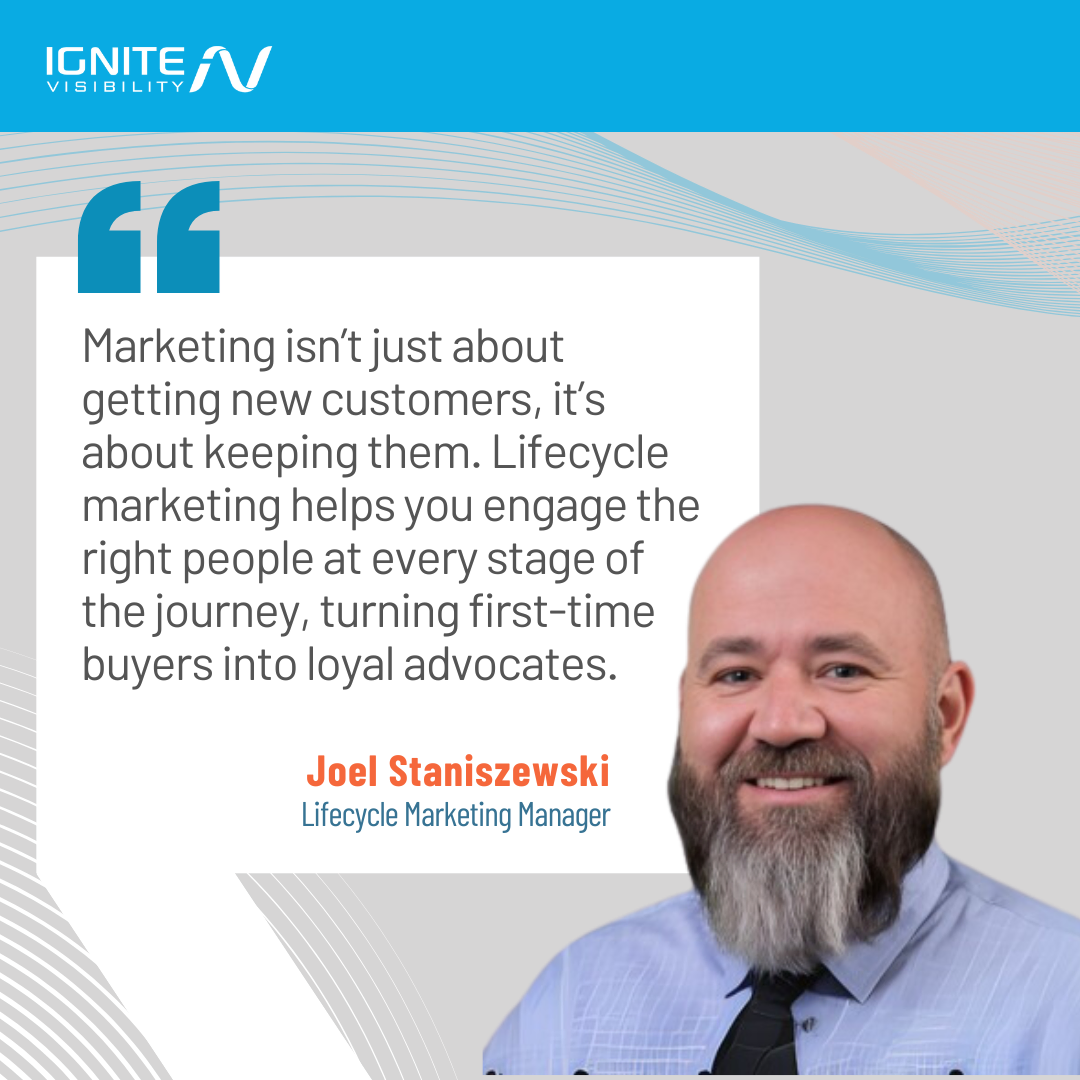
Understanding Lifecycle Marketing
To begin, what is lifecycle marketing? Put simply, it’s a marketing approach that follows audiences closely as they move from potential customers to leads and, ultimately, loyal customers. It involves connecting with audiences regularly as they move down every stage of the sales funnel, creating an efficient journey for each individual.
A lifecycle marketing strategy offers the following main benefits for all types of brands:
- Increased Retention: One of the primary advantages of lifecycle campaigns is the ability to more effectively retain customers, which is crucial as companies only have a 5% to 20% chance of selling to new customers, while that percentage is around 60% to 70% for existing ones.
- A Higher Customer Lifetime Value (CLTV): Another advantage of following customers through the marketing lifecycle stages is the chance to boost their CLTV, as you can lead them to more purchases or upsell more effectively with personalized recommendations and offers.
- Better Return on Investment (ROI): By smoothing the transition from acquisition to sales and retaining more long-term customers, you can ultimately increase marketing and advertising ROI for more profitability.
Whether you’re a small startup or an established franchise, you can definitely benefit from a customer lifecycle marketing strategy
Marketing Lifecycle Stages
Understanding the different lifecycle marketing stages is important in developing an effective strategy.
1. Awareness
A strong lifecycle marketing strategy begins by targeting the awareness stage of the customer journey. Here, the goal would be to build brand awareness with ads, your website, blog posts, social media posts, and other content at the top of the funnel.
In the process, you will want to segment audiences and map the rest of the journey for each segment.
2. Engagement
The next marketing lifecycle stage entails engaging audiences who are more familiar with your brand.
For instance, people might subscribe to your email list to learn more about your brand, which can then allow you to take steps to build trust through multiple lifecycle emails.
You can also use other content to regularly connect with potential customers, increasing their chances of turning to you over competitors.
Some strategies for engaging audiences may include:
- Welcome email series and others in a drip campaign
- Cross-channel marketing
- Personalized product or service recommendations
- Dynamic content
- Retargeting ads
What is a mid-cycle marketing email? Take a look at the example below to get an idea:
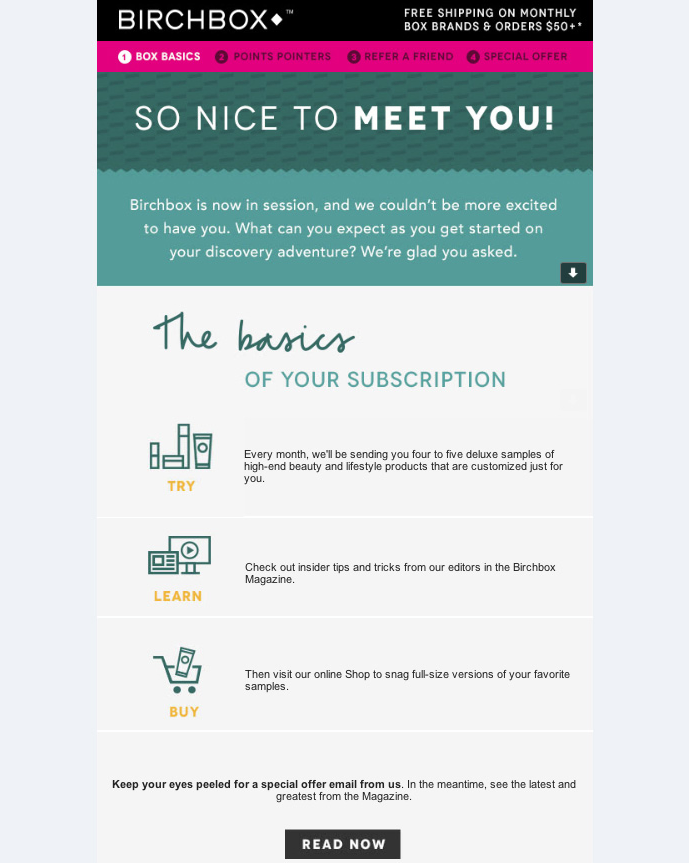
3. Evaluation
At the evaluation stage, prospective customers will assess all of the options available to them to determine which brand to go with.
In convincing people to buy from you, you can use all kinds of content, such as:
- Positive customer reviews and testimonials
- Pricing comparisons
- Unique value propositions (UVPs) that differentiate your offerings from others
- Discounts
- Special offers
- In-depth descriptions that build more credibility
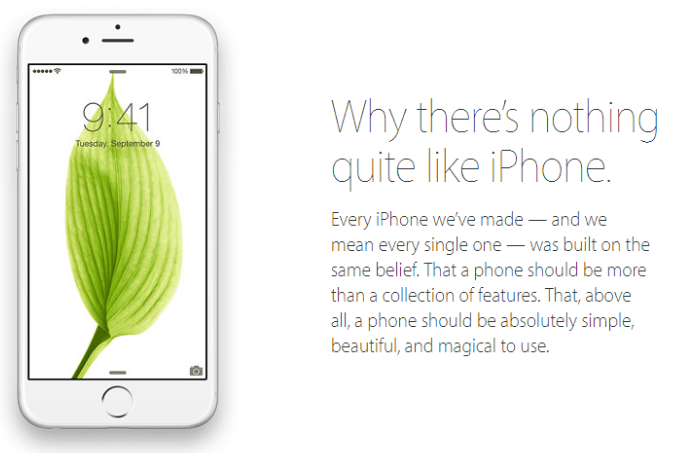
4. Purchase
Once a prospect has made a buying decision, they’ll ideally make a purchase from your brand.
Keep in mind that it’s not enough to inspire people to make a purchase—you must also get them to follow through with their purchase. You can keep people from turning away at this stage with a frictionless buying process, including an easy checkout system and convenient payment methods.
Even if people abandon their cart, you can use email and SMS reminders to bring people back to complete their purchase.
5. Support
After a customer completes a purchase, you must offer ample support to keep your customers satisfied.
For instance, you can make it easy for customers to reach out with any questions or issues that apply to their orders. You could also provide sufficient guidance on how to troubleshoot problems on their own.
6. Loyalty
With high-quality offerings and customer service, you can keep customers loyal to your brand as they make repeat purchases over time.
Today, around seven out of 10 consumers consider themselves loyal to specific brands, stores, and retailers, according to Statista. Much of that loyalty comes from an emotional connection with the brand involving the key emotions of trust, love, and devotion.
Building loyalty can do much more than lead to more purchases, too. In many cases, loyal, delighted customers become brand ambassadors who are happy to share their thoughts about you with others.
As a result, increased loyalty can lead to more positive customer reviews and, in some cases, user-generated content (UGC) on social media, which you may be able to repurpose for your own marketing efforts.
One of the most effective ways to keep customers loyal is to develop a rewards or loyalty program that gives people incentive for sticking around, such as points that build up and enable discounts or freebies.
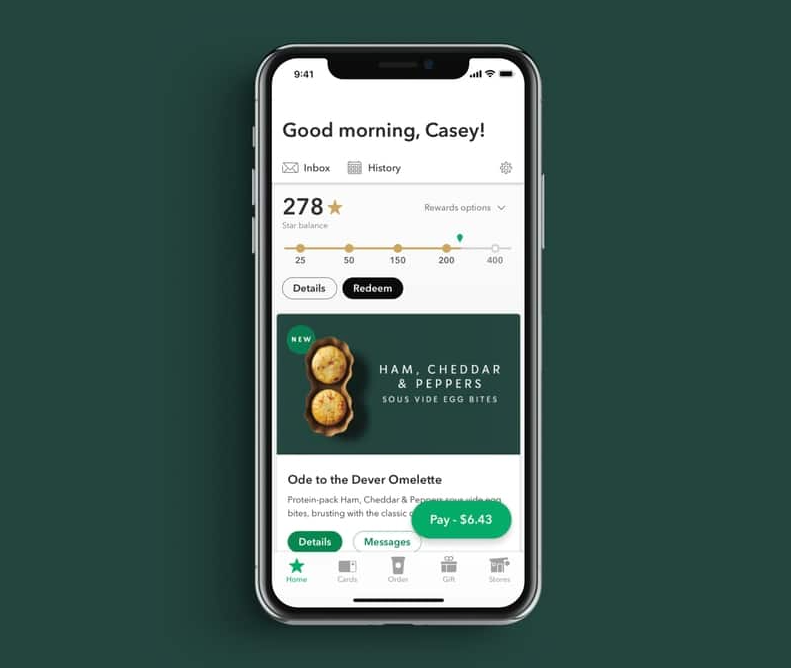
Crafting a Lifecycle Marketing Strategy
With a better idea of the different lifecycle marketing stages, let’s explore how to develop your own lifecycle marketing strategy.
Here are some steps to help you create your next strategy:
1. Set Clear, Realistic Goals
You should kick off lifecycle campaigns with goals that help guide your strategy.
Some potential goals could include:
- Building brand awareness
- Lead generation
- Increased conversions and sales
- More engagement
- Better customer retention
These goals will influence your approach to marketing, along with the kinds of key performance indicators (KPIs) and metrics you track to measure success.
2. Understand the Customer Journey
With goals set, you can begin mapping the customer journey at all marketing lifecycle stages, from initial interaction to loyalty.
The kind of journey your customers take will depend largely on your industry. Some industries like ecommerce may not require as much effort to move people toward a sale, especially if you make plenty of appealing and personalized offers.
Meanwhile, B2B companies like business service providers will likely need to spend more time nurturing leads before they convert into customers.
You can use a customer relationship management (CRM) tool like HubSpot or Salesforce to help you navigate and map out the customer journey.
3. Segment Your Audience
As you learn about the journey your audience takes down the sales funnel, you might find that there are multiple audience segments, each of which might take a slightly (or drastically) different journey.
In helping you understand each audience segment and what it’s about, you can develop audience personas. These fictional personalities can represent each segment and indicate the kind of marketing that will appeal most to your audiences.
4. Choose the Appropriate Channels
The last step in building a lifecycle marketing strategy will involve selecting the appropriate channels for your efforts.
The channels you select must be the ones your audiences actively use.
Potential platforms for your strategy could include:
- Paid media advertising
- Lifecycle emails
- Social media platforms (e.g., Facebook, Instagram, LinkedIn, etc.)
- Mobile apps and SMS text messaging
- Blog posts and other website content
Personalization and Automation in Lifecycle Marketing
A good lifecycle marketing strategy will incorporate data-driven personalization and certain automation tools to deliver the right message at the right time.
Understanding your audience could help you personalize all of your marketing content, from ads to promotional emails and loyalty rewards. Personalized messaging and visuals can more deeply resonate with each segment of your audience and make for a seamless journey.
In addition to personalization, you should use artificial intelligence (AI) and other solutions to automate various processes.
For example, tools like Mailchimp can automate email campaigns with the help of templates and analytics, helping you build an effective strategy that reaches your audiences with regular engagement.
Measuring Success: Key Metrics and KPIs
The goals you set for your strategy will dictate which KPIs and metrics to track to gauge success over time.
The following are some common KPIs and their corresponding metrics:
- Acquisition: Customer acquisition cost (CAC), conversion rates, and marketing-qualified leads (MQLs)
- Engagement: Click-through rate (CTR), open rate, time on site, and social media likes, shares, or comments
- Retention: Customer lifetime value (CLTV), retention rate, churn rate, net promoter score (NPS)
- Revenue: Return on ad spend (ROAS), marketing-attributable revenue, return on investment (ROI)
You can use a variety of analytics and reporting tools to measure these and other relevant metrics, such as Google Analytics 4, Google Search Console, and native platforms on social media sites.
Always measure KPIs against your goals to determine what’s working and what needs work. Eventually, you will be able to perfect your lifecycle campaigns.
Craft Effective Marketing Lifecycle Stages With Ignite Visibility
Want to excel with a customer lifecycle marketing strategy? Ignite Visibility is ready to help you connect with your customers throughout their journey.
When you work with our experts, you get assistance with:
- Identifying your target audience
- Audience segmentation
- Customer journey mapping
- Channel selection for marketing
- Brand messaging
- Measurement and continuous optimization
- And more!
Curious to know what we can do for you? Reach out to us today!
